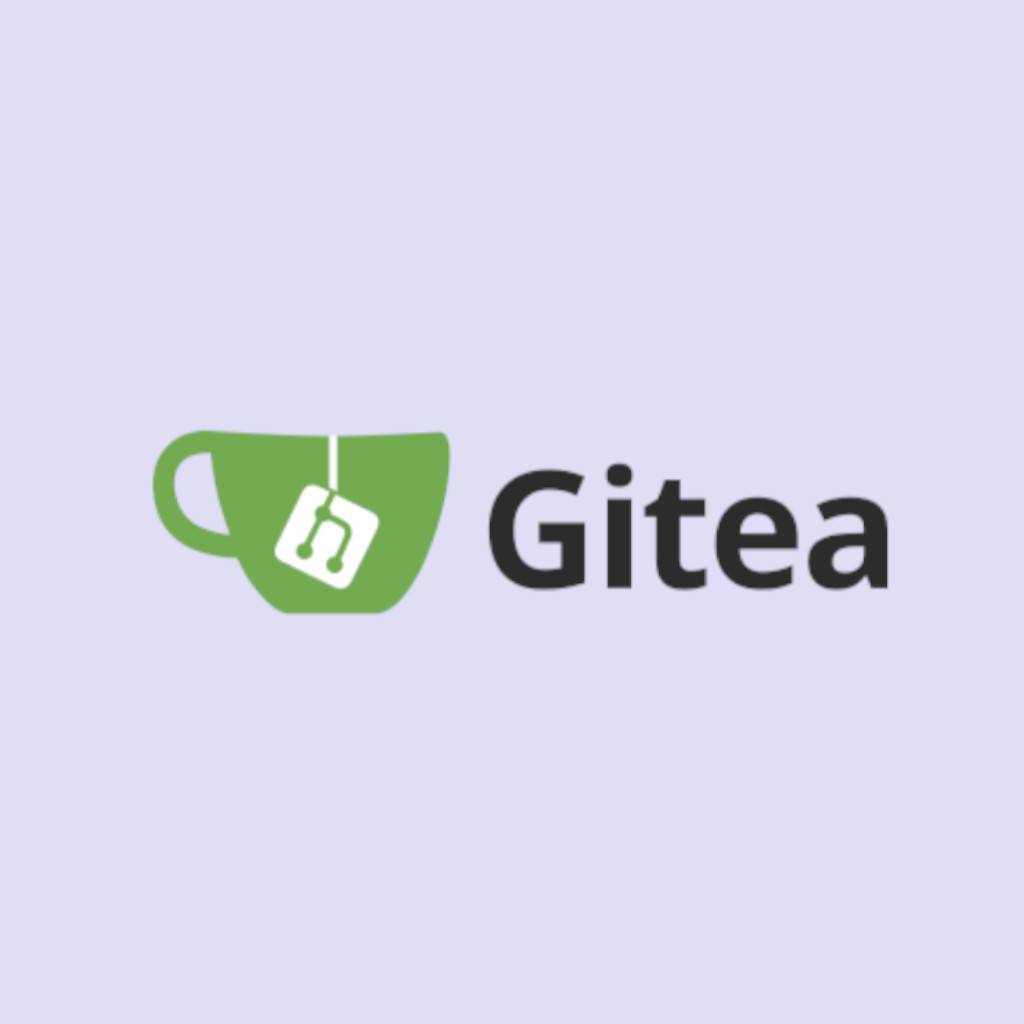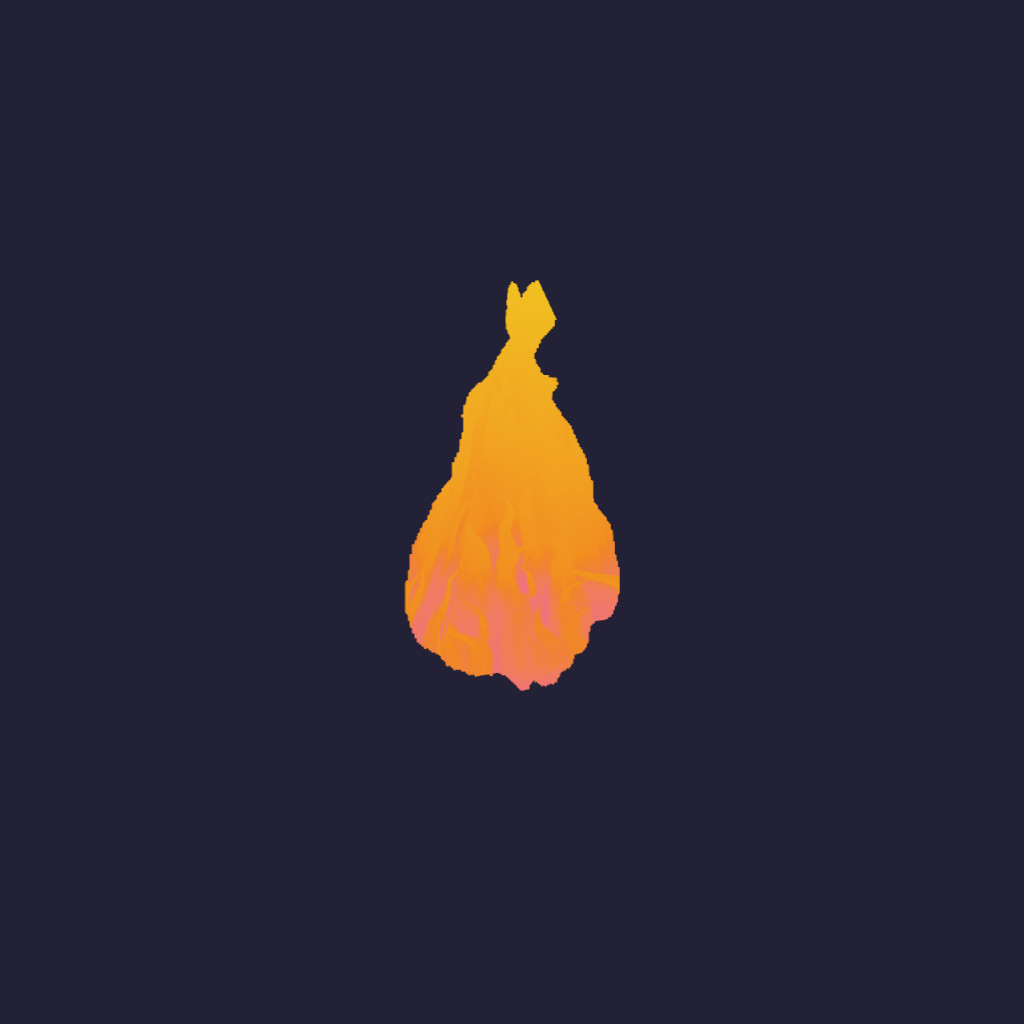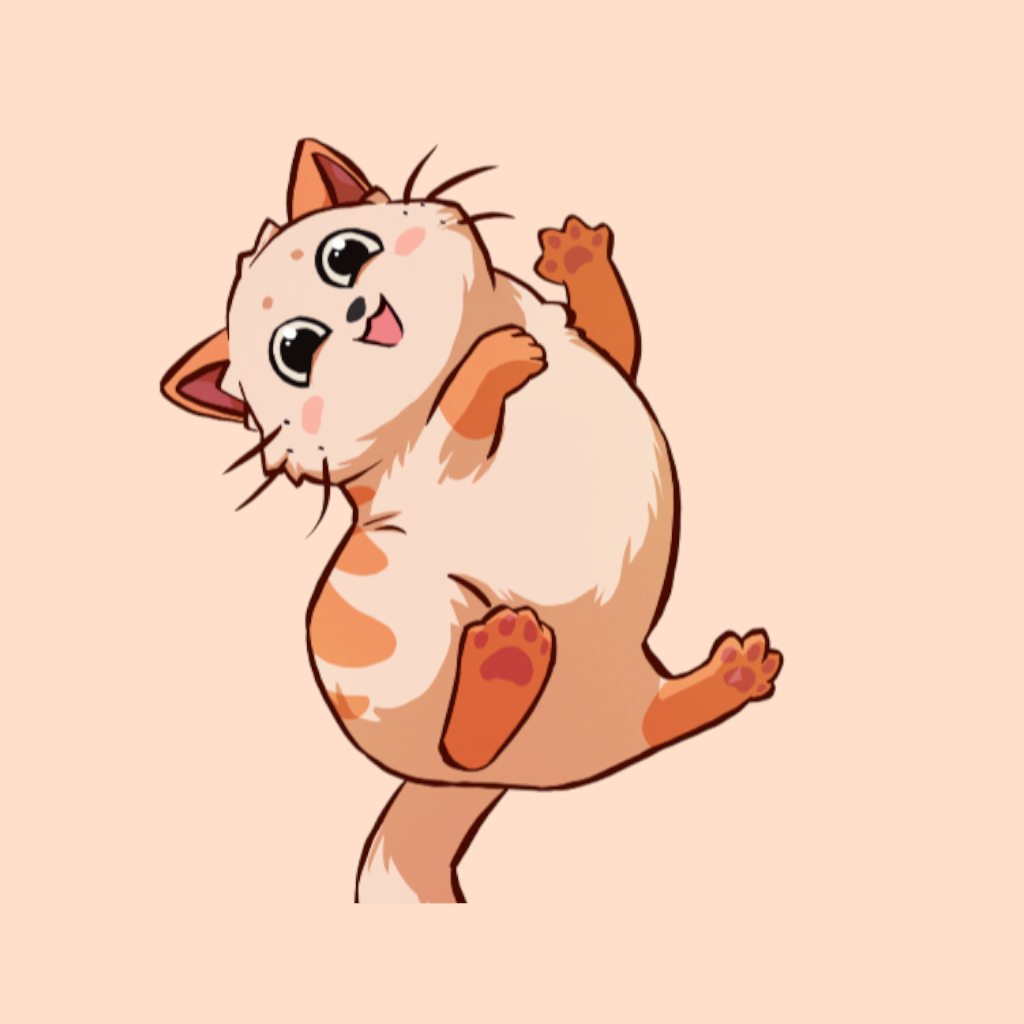Hi, I'm Amy
This is a collection of things I've set up and created that I think might interest others.
Setup up Gitea Runner with Podman in LXC
Using CLIs is very helpful, but setting up gitea actions in an LXC and using rootless Podman is not as straight forward as expected.
Wed Sep 17 2025

The creation of this Blog
The goal was to create an easy to maintain blog with while the main focus relays on keeping the effort to write new posts minimal. This is more a ressource summery with tips, than an full tutorial.
Fri Sep 12 2025

Flame Demo
A WebGL Project wich shows that deffered rendering and volumetric fog is very possible in Three.js
Tue Nov 26 2024

FemDev GameJam - Catastrophe
I took part in the amazing FemDev Game and helped to creathe this little game. My work are the animations, 3d Models and some texturing
Sun Nov 10 2024
